Mission
To manage, analyze, and disseminate information on substance use and related harms to inform and drive statewide prevention efforts.
What we do
- Collect, manage, and analyze data for three publicly accessible hub sites on substance use and related harms, highlighting the topic areas of alcohol, cannabis, and drug overdose.
- Explore innovative methods of accessing, reporting, and sharing data to improve the timeliness and utilization of information.
- Leverage spatial data and Geographic Information System (GIS) technology to manage, analyze, and map municipal, county, and statewide trends.
- Communicate data findings to community partners, local stakeholders, members of the public, and the Centers for Disease Control and Prevention (CDC).
- Fulfill data requests for academic partners, members of the media, and the general public.
Excessive Alcohol Use
- Expand alcohol use surveillance capacity, increase awareness of alcohol use and its associated health effects, provide information to inform evidence-based policies, promote prevention guidance to reduce excessive alcohol use, and share data via the RIDOH Excessive Alcohol Use Data Hub.
- The Excessive Alcohol Use Data Hub includes information on alcohol-related traffic fatalities, self-reported alcohol use by adults, and alcohol-related overdose fatalities.
Cannabis Use
- Monitor and share the impacts of cannabis use on Rhode Islanders by collecting, analyzing, and interpreting various health-related information, and by promoting the development of policies based on proven research.
- The Cannabis Use Data Hub features self-reported information from youth, adults, as well as clinical and demographic data from patients seeking medical attention for cannabis-related incidents.
Opioid and Stimulant Use
- Collect, monitor, and disseminate information on Rhode Island’s drug overdose epidemic via the Opioid and Stimulant Use Data Hub.
- The Data Hub features municipal, county, and statewide information for emergency department visits; emergency medical services care; harm reduction patterns among people who use illicit substances; non-fatal toxicology; overdose fatalities from the Office of State Medical Examiners (OSME) and the State Unintentional Drug Overdose Reporting System (SUDORS); statewide naloxone distribution; and controlled substance prescribing from the Rhode Island Prescription Drug Monitoring Program.
- Collaborate with the RIDOH Drug Overdose Prevention Program (DOPP) to identify, improve, and enhance drug overdose prevention programs and policies.
- Monitor statewide drug overdose activity using RIDOH’s enhanced data surveillance systems in collaboration with the RIDOH Drug Overdose Prevention Program (DOPP). Utilize data to inform Rhode Islanders of increased overdose activity and deploy statewide harm reduction efforts.
- Consult with the People, Place & Health Collective at Brown University School of Public Health to manage the state’s overdose data dashboard and information website, PreventOverdoseRI.org.
- Contribute data to inform the activities of the Governor’s Overdose Task Force.
- Convene a multi-disciplinary Overdose Fatality Review (OFR) Team, in coordination with the RIDOH DOPP, to increase stakeholder collaboration, identify opportunities to prevent future overdoses, and provide recommendations for policies, services, and initiatives.
- Provide community partners with comprehensive data and technical assistance to respond rapidly to the overdose crisis.
